DEVILS ADVOCATES
DEVILS ADVOCATES is a series of books devoted to exploring the classics of horror cinema. Contributors to the series come from the fields of teaching, academia, journalism and fiction, but all have one thing in common: a passion for the horror film and a desire to share it with the widest possible audience.
The admirable Devils Advocates series is not only essential and fun reading for the serious horror fan but should be set texts on any genre course.
Dr Ian Hunter, Reader in Film Studies, De Montfort University, Leicester
Auteur Publishings new Devils Advocates critiques on individual titlesoffer bracingly fresh perspectives from passionate writers. The series will perfectly complement the BFI archive volumes. Christopher Fowler, Independent on Sunday
Devils Advocates has proven itself more than capable of producing impassioned, intelligent analyses of genre cinemaquickly becoming the go-to guys for intelligent, easily digestible film criticism. Horror Talk.com
Auteur Publishing continue the good work of giving serious critical attention to significant horror films. Black Static
 DevilsAdvocatesbooks
DevilsAdvocatesbooks DevilsAdBooks
DevilsAdBooksALSO AVAILABLE IN THIS SERIES
Antichrist Amy Simmonds
Black Sunday Martyn Conterio
Carrie Neil Mitchell
The Curse of Frankenstein Marcus K. Harmes
Dead of Night Jez Conolly & David Bates
The Descent James Marriot
Halloween Murray Leeder
Let the Right One In Anne Billson
Saw Benjamin Poole
The Silence of the Lambs Barry Forshaw
Suspiria Alexandra Heller-Nicholas
The Texas Chain Saw Massacre James Rose
The Thing Jez Conolly
Witchfinder General Ian Cooper
FORTHCOMING
Cannibal Holocaust Calum Waddell
Frenzy Ian Cooper
Near Dark John Berra
Psychomania I.Q. Hunter & Jamie Sherry
DEVILS ADVOCATES
NOSFERATU A SYMPHONY OF HORROR
CRISTINA MASSACCESI
First published in 2015 by
Auteur, 24 Hartwell Crescent, Leighton Buzzard LU7 1NP
www.auteur.co.uk
Copyright Auteur 2015
Series design: Nikki Hamlett at Cassels Design
Set by Cassels Design www.casselsdesign.co.uk
Printed and bound in Great Britain
All rights reserved. No part of this publication may be reproduced in any material form (including photocopying or storing in any medium by electronic means and whether or not transiently or incidentally to some other use of this publication) without the permission of the copyright owner.
E-ISBN 978-0-993-23846-8
British Library Cataloguing-in-Publication Data
A catalogue record for this book is available from the British Library
ISBN paperback: 978-0-9932384-5-1
ISBN ebook: 978-0-9932384-6-8
Acknowledgments
This book owes much to the excellent studies and analyses on F.W. Murnau and his films that have been published before my contribution. To them and their authors goes all my gratitude and admiration.
On a more personal note, I would like to thank Auteurs John Atkinson for his support and patience during the writing up of this book. I would also like to extend my heartfelt thanks to my partner, Anthony Davie, for the precious advice he gave me whenever I had to face the discussion of music-related issues, and to my brother, Francesco Massaccesi, for the stream of great research, material and ideas that he sent my way during preparation and writing up. A big thank you goes across the ocean to Howard S. Berger who put me in touch with E. Elias Merhige and, of course, to Elias himself whos been amazingly inspiring and willing to discuss his film at length with me. And last but not least, thanks to all my wonderful friends who have spurred me on throughout this project.
This book is dedicated to my mother, Elisa (19512010) and my father, Augusto.
CONTENTS
Nosferatu film poster, designed by producer and set designer Albin Grau
The appearance of Nosferatu in 1922 is the first appearance ever of a vampire in the cinema. The impact of this film has never really been given its proper place in the history of cinema. It represents an articulation of the supernatural that was previously relegated to literature.
Nosferatu is what I would call an experimental film (I mean this as the highest compliment), because nothing like it before existed. Its use of technology and makeup, composition and lighting is so extraordinary that the filmmaking itself is supernatural given the technology of film stock and lighting and cameras/lenses of that period. The novel use of real locations, taking the camera outside of the comfort zone of a studio setting, was something that many filmmakers saw as ridiculous and far too cumbersome at that time. The fact that Murnau chooses to explore the supernatural and the uncanny using real locations set in Nature as opposed to the artificial world one could create in a studio setting represents a remarkable and visionary turn in how films are made.
It is curious to know that at the time Nosferatu was made, the Stoker family felt it a demeaning embarrassment to adapt Dracula to the cinema screen, thus showing how early cinema was looked upon as a questionable art not worthy of well-healed cultured audiences. This only magnifies just how forward thinking Murnau was in making Nosferatu.
I remember when I was twelve watching Nosferatu and being completely haunted by this film especially by its main character played by Max Schreck. The night scene at the castle, when the vampire shows up at Hutters bedroom, strikes the most atavistic terror into the heart of the audience and it is a scene that has never left me. The vampires insect-like movements, the stiff and laboured motion of the limbs, the unnaturally extended long fingers, the unblinking piercing rat-like eyes and teeth compounded by the enlarged bald head made this creature horrifying and unforgettable.
In my own research on Murnau for Shadow of the Vampire, it had upset me a great deal to learn that almost half of his films are completely lost and totally unaccounted for. Where have they gone? And why are they missing? It is very interesting to know that the Stoker estate sued Prana films, the production company Albin Grau, the films producer, and Murnau formed together to make Nosferatu at the time. The Stoker estate won and Nosferatu was declared illegal and wrong to have been made. A court order was issued in which all the original negatives were to be burned along with existing prints of the film. Nosferatu was to be erased from the earth. So how does the film exist today? It exists only because a print that was unaccounted for in France was not found and burned at that time. Every print thereafter was from a negative struck from that print.

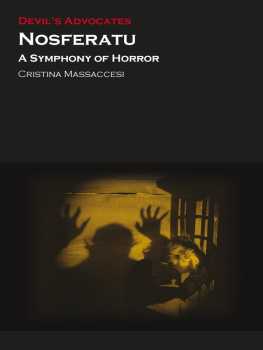


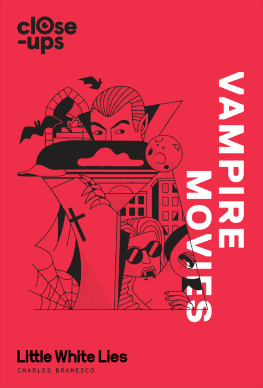
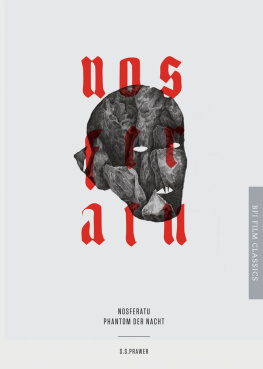
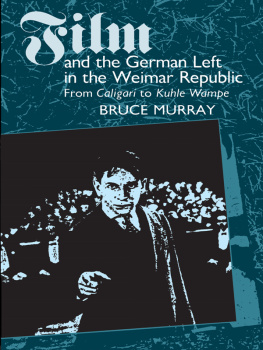


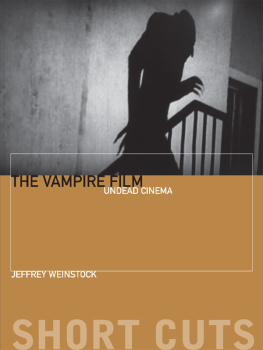
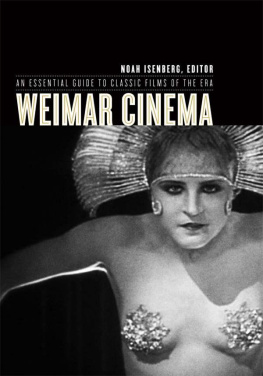
 DevilsAdvocatesbooks
DevilsAdvocatesbooks DevilsAdBooks
DevilsAdBooks
